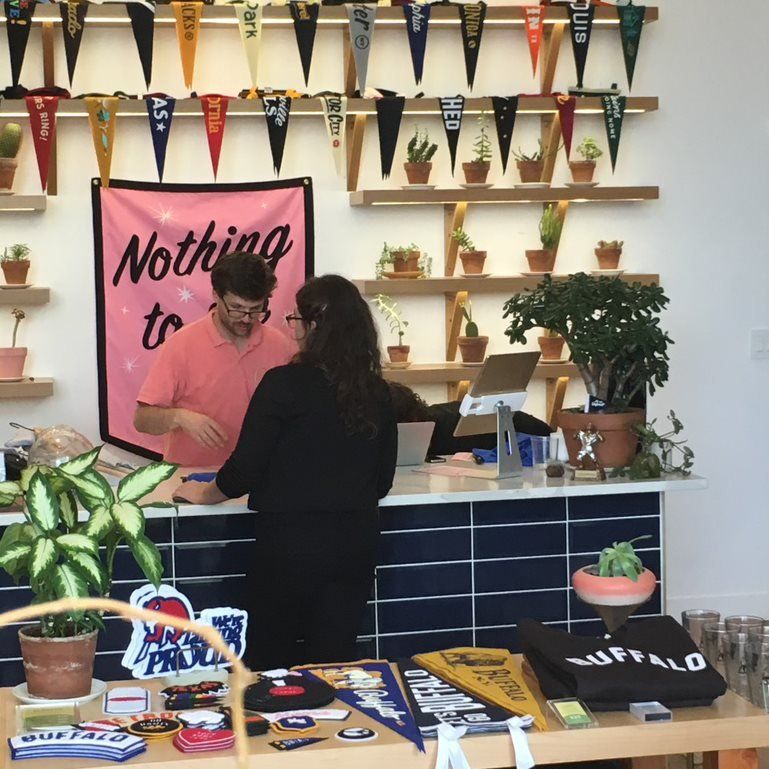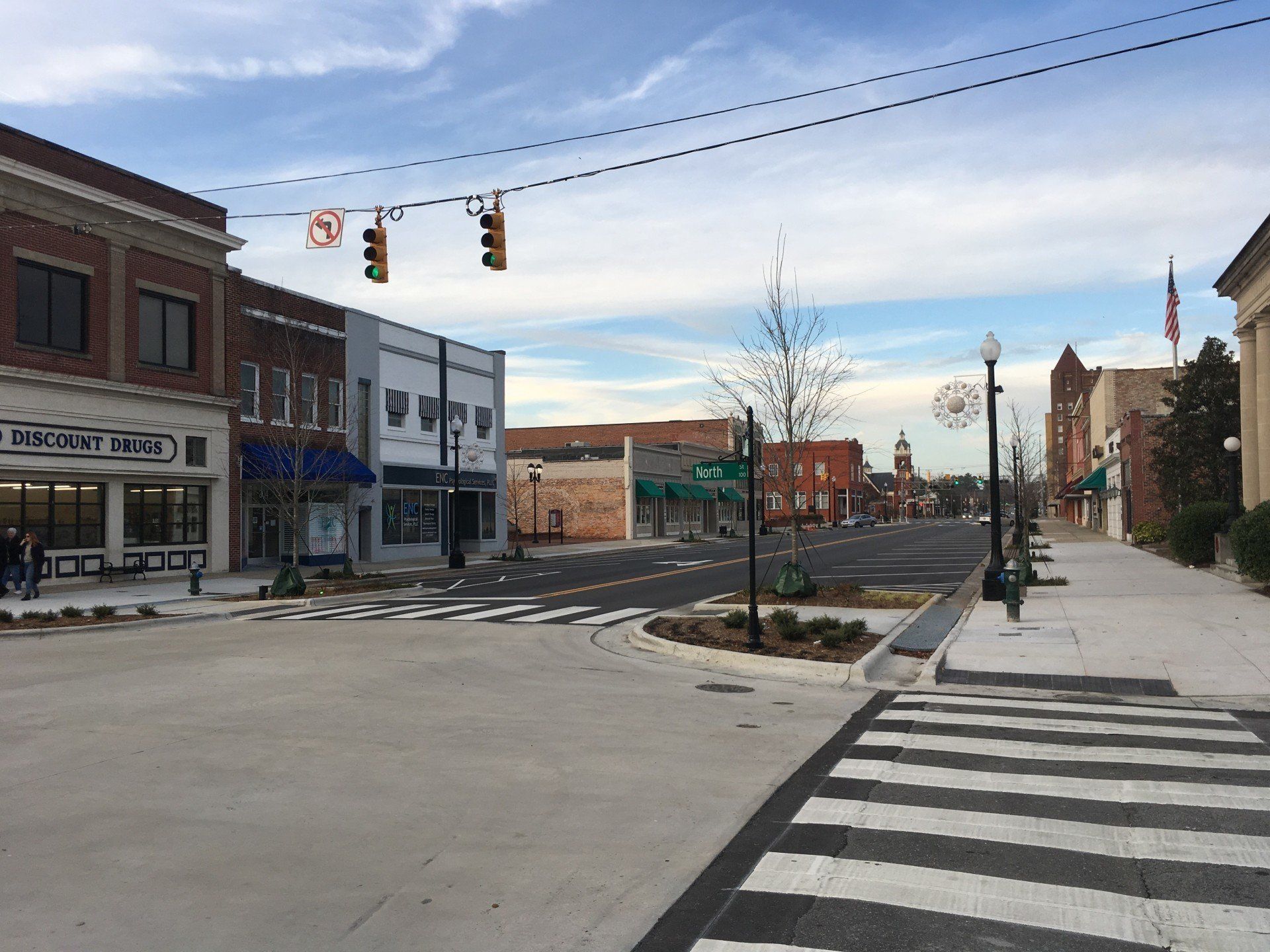Blog Layout
Large Cities Edition Vol. 1: Montreal
Tom Hardy • May 08, 2020
Public Art and the Public Realm

If you want to have a European style city without leaving North America, Montreal is a good place to start. This city shares many cultural and architectural similarities to European cities. Public art is ubiquitous in Montreal. It comes in varied forms and formats. Even basic infrastructure such as street lighting and signage are well thought out. This attention to detail extends to even typically neglected public spaces such as highway underpasses.
Public Art
We’ve all seen singular examples of public art we enjoy, but rarely at a scale that weaves its way through an entire City. Montreal has a diversity of public art, both in types and styles, throughout its different neighborhoods. Murals are the most common form of public artwork, and these can be found in a variety of styles. We all have our own aesthetic – what murals I enjoy you may not find interesting and vice versa. Murals that are most compelling are those that convey stories and feelings that are not quite complete. These require the viewer to contemplate the meaning and fill in the gaps.
This projection is part of the Montreal en Histoires, which is a networked history exhibition that highlights a variety of Montreal’s historical figures and encourages people to connect via an app for more information. The scale of this project is significant and likely difficult for other smaller cities to replicate; however, the basic framework for encouraging people to interact with history and public art can be achieved on a much smaller scale. In my Small Cities blog post, I highlight Kinston’s StoryWalk project which is a variation on these themes.
The Public Realm
The public realm refers to publicly owned spaces that are accessible to everyone. These include a long list of items including parks, plazas, and squares. These areas, done well, distinguish some of our well-known cities. Think of the National Mall in Washington, D.C, Chicago’s Millenium Park, and of course New York City’s Central park. While these park spaces are often what comes to mind when thinking about the public realm—streets and sidewalks are where everyday interactions in larger cities and smaller downtowns occur. This often-overlooked part of the public realm, which is part of the streetscape, has a significant impact on how we experience place.
Montreal’s diverse neighborhood have a common element—they prioritize a strong streetscape. Sidewalks and curbs are in good condition. Pedestrian crossings are well marked. Lighting covers both the street and the sidewalk. The photograph below is from the Little Burgundy neighborhood.
Streetscape in Montreal's Little Burgundy neighborhood
The second thing to highlight is the sidewalk bump-out that occurs at the intersection. This narrowing of the street serves to slow vehicular traffic and make pedestrian crossing easier. Note how the crosswalk is marked using colored pavers, as opposed to painted lines. This is a more expensive application, but it needs much less maintenance than the more common painted crosswalk.
Having a quality public realm and streetscape is about following good planning principles rather than simply adopting a uniform design. Montreal sets and example of this by following these principals even as the respective design varies from neighborhood to neighborhood. The image below is from downtown. Note how although these modern fixtures are very different from the historic ones in Little Burgundy – yet they match the pattern of providing light fixtures for the sidewalk and the street.
Downtown Montreal's streetscape at dusk
Turning Liabilities into Assets
Build from strength. This is a typical approach to community development. Every community has assets—although these assets vary widely from community to community. Understanding what a community defines as its unique strengths forms the basis for most community development strategies.
We spend far less time thinking about how to effectively manage a community’s liabilities. In terms of the public realm, one type of space that is consistently a liability is the
or bridge underpass. These spaces are often poorly lit, unmaintained, and generally not utilized for anything positive. In many towns and cities, it is taken for granted that these spaces will be unwelcoming for pedestrians. This is particularly unfortunate when you consider that these spaces are the physical connections between neighborhoods that were divided by a highway or railroad bridge.
In Montreal, one example of underpass improvements adjacent to the City’s historic center got my attention. The well-lit underpass area had benches, planter boxes and ping-pong tables. Yes, concrete ping-pong tables!
Underpass adjacent to Old Montreal
Montreal is well known for its history, culture, and urban design so it’s hardly a surprise to find great examples of planning and urban design. Montreal’s public art and public realm reflect the diversity of the City. Within this diversity, consistent principles are maintained. For example, while the individual style of street light fixtures may differ, they follow the same pattern of having an overhead street-light and a lower sidewalk light. The result is an interesting and diverse experience for a pedestrian.






